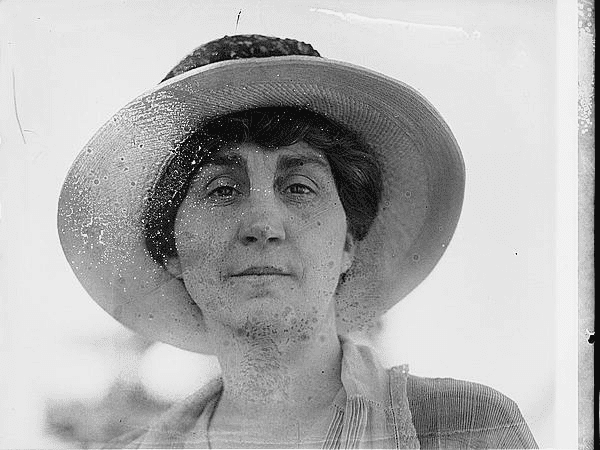Introduction: In this article, Gena Philibert-Ortega provides tips and links to help you research your sometimes hard-to-find female ancestors. Gena is a genealogist and author of the book “From the Family Kitchen.”
Let’s face it, it’s difficult to find female ancestors. Between their surname change after marriage (or multiple marriages) and the lack of a solid paper trail throughout history, women can seemingly disappear.
But what if we expand our research to include those closest to her? Those people in her circle of family and friends can be the key to discovering information about your female ancestor’s life. For our present purposes, let’s take a look at her husband. Records naming her husband are the ones you would expect to find that document her life. If we consider her husband, what records could he have left behind that document her life? The following are a few to consider.
Marriage Records
Let’s start with the most obvious: marriage records. After all, if you’re researching a married couple you want to verify their wedding date. One of the best parts of a marriage record is that it will list her surname, either her maiden name or the surname of a previous husband. Some marriage records, such as marriage license applications, may also include the names of her parents. This information is vital to your continued research into her life prior to marriage.
However, remember that the term “marriage record” is vague and can actually refer to any number of documents. Take some time to learn about what paperwork is required for the era and place of your ancestor’s wedding so that you can find all relevant marriage records. A good general reference book like Val Greenwood’s The Researcher’s Guide to American Genealogy can help you learn more about records.
Military Pensions
If her husband served during a war, did she receive a pension? I remember the first time I saw my 3rd great-grandmother’s pension application for her husband’s Confederate Civil War service. That document not only provided me new insight into his service but there was information about her life that was new to me, including why she needed that pension. It may be easy to stop your search once you obtain a military service record, but make sure you access all the military records that are available for him (and her).
A good source for finding pension records is GenealogyBank’s Historical Documents & Records (1789-1994) collection, which includes the American State Papers and the U.S. Congressional Serial Set.
U.S. Census
It’s no surprise I’m going to mention the decennial federal census. It’s the record that is often the first thing we look at because of how easy it is to access (GenealogyBank has the U.S. Federal Census). Do you know everything about the census? It’s important to remember that we need to find not just our ancestor in the census, but we must carefully analyze what we find.
How do we analyze and evaluate what we find in the census? You can do this by becoming more familiar with what the census taker recorded. Enumerator instructions are available from the U.S. Census Bureau website. I highly recommend reading those so that you better understand what was asked and how it was recorded.
Pay careful attention to what the census tells you about your female ancestor, and make sure to find supporting documents that can help you learn more. For example, if she is listed as a widow in the census, look for her husband’s death certificate. It would not be unusual to find that she told the census enumerator that she was a “widow” when she was really just separated or divorced from her husband. Plus, finding a document that verifies the census information can also help you determine if the person listed in the census is your ancestor or someone with the same name – something that is crucial when we are dealing with common names.
Because we don’t know who the informant was for the information in the census (until the 1940 census, when it was indicated by an “x” with a circle around it next to the informant’s name), we cannot completely evaluate the type of information it is. It’s best to use the census as a clue and verify the information you find with additional documents.
Land Records
Did her husband and/or she herself own land? This is another record type where you might find her listed. Land records can also help you narrow down a death date or a move. Don’t forget that there are various kinds of land records, depending on the state your ancestor lived in. Also, keep an eye out for land transactions mentioned in the newspaper.
A great resource for learning more about land records is the book by E. Wade Hone, Land & Property Research in the United States.
Newspapers
There are plenty of newspaper articles that contain the names of both a husband and a wife. Search an online collection such as GenealogyBank’s Historical Newspaper Archives. Consider, for example, legal notices having to do with probate actions, lists of names of those that owe taxes or whose land is being foreclosed on, articles about their engagement, obtaining a marriage license, or even their milestone marriage anniversary such as their 50th anniversary. They may also be found in articles having to do with court actions such as divorce.
Where Is She??
Where is your female ancestor hiding? She can be difficult to find – but first, exhaust the records that include her husband. Make sure to create a timeline for your ancestral couple and then identify what records exist for that time and place. The FamilySearch Research Wiki is a good place to learn about more records.
Related Articles:
